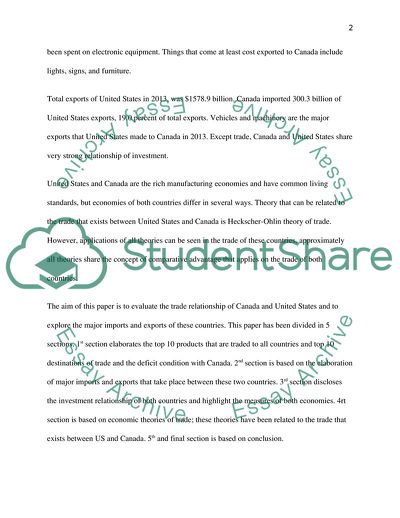Cite this document
(Characterizing the trade between the US and another country Research Paper, n.d.)
Characterizing the trade between the US and another country Research Paper. https://studentshare.org/macro-microeconomics/1843465-characterizing-the-trade-between-the-us-and-another-country
Characterizing the trade between the US and another country Research Paper. https://studentshare.org/macro-microeconomics/1843465-characterizing-the-trade-between-the-us-and-another-country
(Characterizing the Trade Between the US and Another Country Research Paper)
Characterizing the Trade Between the US and Another Country Research Paper. https://studentshare.org/macro-microeconomics/1843465-characterizing-the-trade-between-the-us-and-another-country.
Characterizing the Trade Between the US and Another Country Research Paper. https://studentshare.org/macro-microeconomics/1843465-characterizing-the-trade-between-the-us-and-another-country.
“Characterizing the Trade Between the US and Another Country Research Paper”. https://studentshare.org/macro-microeconomics/1843465-characterizing-the-trade-between-the-us-and-another-country.


